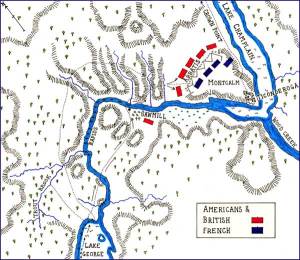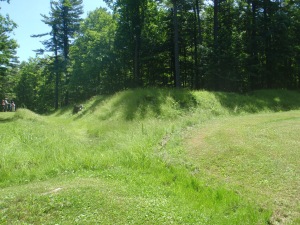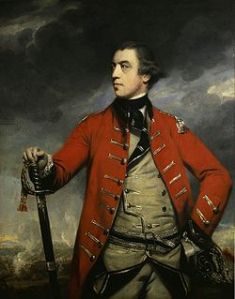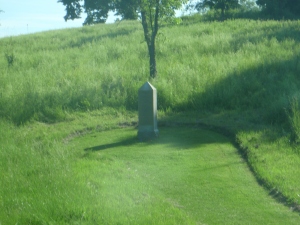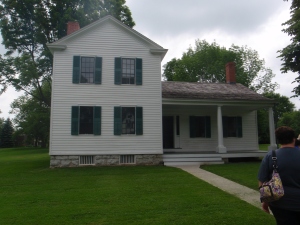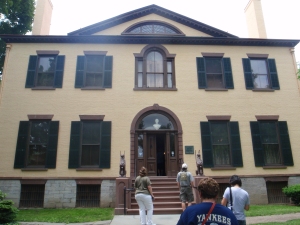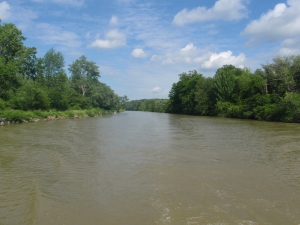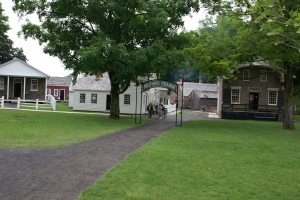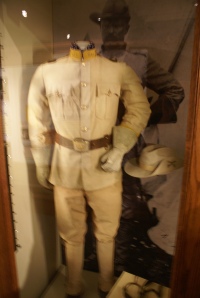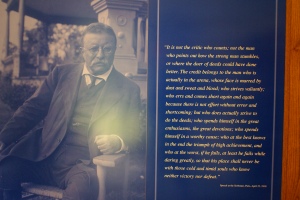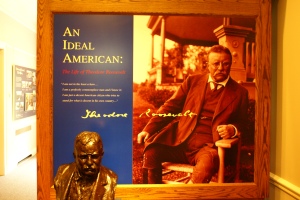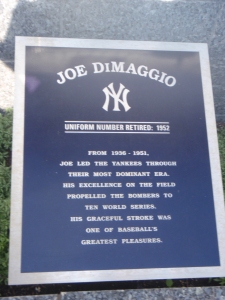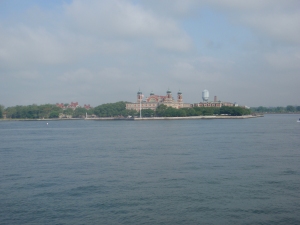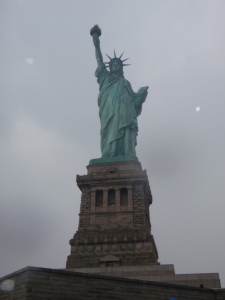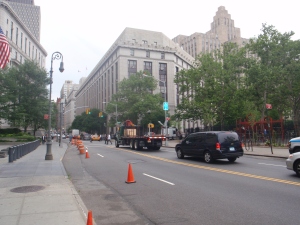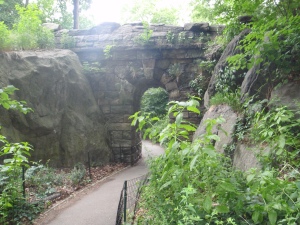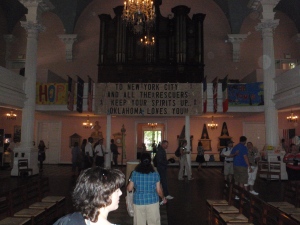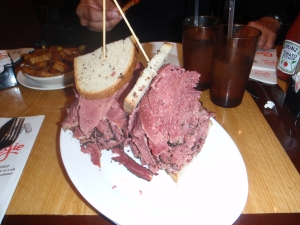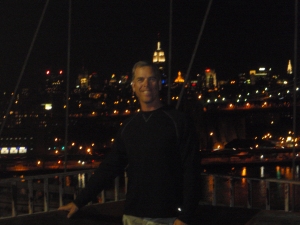What else can you say? Two weeks, the Big Apple, some great learning experiences with talented and professional colleagues, the expertise of our own professors as well as the presenters we were blessed with throughout our time in New York…wow! I can honestly say that I will not forget this trip any time soon. My only regret is, that having been on this excellent adventure, I missed the previous trips to Boston, Philadelphia, and Chicago.
A couple of things stick out in my mind about New York City. First, the sheer size of the city and the number of people who live there in relative harmony amazes me. I am a fairly well-traveled person, having been the son of a career military man and having traveled extensively since then. I have never seen the diversity of people that I saw in New York. Couple that with the fact that whether I was walking in Manhattan, Brooklyn, Harlem, or the Bronx (and at different hours of the day and night), I did not witness any undue hostility or feel unsafe in any way. Most of the people I encountered close-up were very friendly and welcoming—not at all the bum rap that New Yorkers get. The statistics that both Ed O’Donnell and Ken Jackson gave attested to the fact that, statistically, New York may be the safest big city in the country.
A second notion that stuck with me is the way that New York has constantly erased and re-written itself through the years, or as Ed O’Donnell put it, “New Yorkers always look to the future.” We saw this in the demographic changes in the various neighborhoods since the nineteenth century. At various points, Irish, Italians, Jews, Germans, and Asians have dominated areas like the Lower East Side. We saw a once white neighborhood in Harlem become largely black, and now see the numbers of blacks in Harlem dipping below 50% for the first time in decades. We saw places like the Meat-Packing District, parts of the Lower East Side, Harlem, etc. which at one time were the least desirable parts of the city, and now, through urban renewal, reduction in crime rates, and gentrification have become “trendy” for more well-to-do people to move to. We saw the valuable real estate, especially in lower Manhattan, that is constantly being either re-furbished or re-built from the ground up. From the ruins and the ashes of the World Trade Center arises a new World Trade Center, to be completed in the coming decade (maybe…if politics, cost overruns, etc. are controlled). Of course, the downside to this, as Ed alluded to, is that historic sites of the past often get overlooked in New York as the city moves forward (the original Federal Hall, the Native American Museum, which is where the Customs House was, which is where the old Dutch fort was, etc.) and much of New York’s rich colonial history is buried. Luckily, one such place, the African Burial Ground, was re-discovered. All of this makes one wonder what this city will look like a century hence.
Upstate New York also held its charms for me. It was amazing after experiencing the hustle and bustle of the city to see the quiet laid-back environs of “the other New York.” The lush green hills and meadows, the ever-present rivers and streams, and the beautiful vistas were a welcome sight after a week and a half. Cooperstown was like stepping back into a dream of long ago, when small-town America was the norm, with its wide tree-lined city streets, well-cared for homes, and small shops on main street. There were the flags and memorials in the parks to honor veterans and ballparks for families to enjoy. I think I could spend days in that area just exploring the countryside. In Oneonta one night, we had a waitress look at us with confusion across her face when she heard we were from Colorado and ended up in Oneonta, NY. I almost felt at home with this backcountry attitude as I have asked people from elsewhere who show up in Salida the same question.
Almost everything we did will somehow impact my teaching, but a few really stick out. While I have always taught about the Northern involvement with slavery, the African Burial Ground and the presentation at the New York Historical Society has convinced me that I need to place a lot more emphasis on this facet of American slavery. I now have a lot more evidence and material that I can use in class thanks to the great binders that gave us hernias as we packed them in our bags. The Tenement Museum has similarly shown me that I did not fully understand the prevalence of factory work in the homes as much as I should have. I need to study this more and address it more in class as well. I am happy that I got to see these places firsthand. It is too bad that our students can’t experience them this way. At least these days technology can help create a virtual environment for students to look at and explore. The “forgotten Ellis Island” as embodied in the hospital wards will also give me another way to approach immigration experience of the late nineteenth and early twentieth centuries. The Baseball Hall of Fame has given me the motivation to attempt a videoconference this year, something that we have the technology for at East.
Alas, all good things must come to an end. Thanks to all of my fellow travelers for helping to make the trip so enjoyable. Here’s to continuing to make learning a fun life journey!

